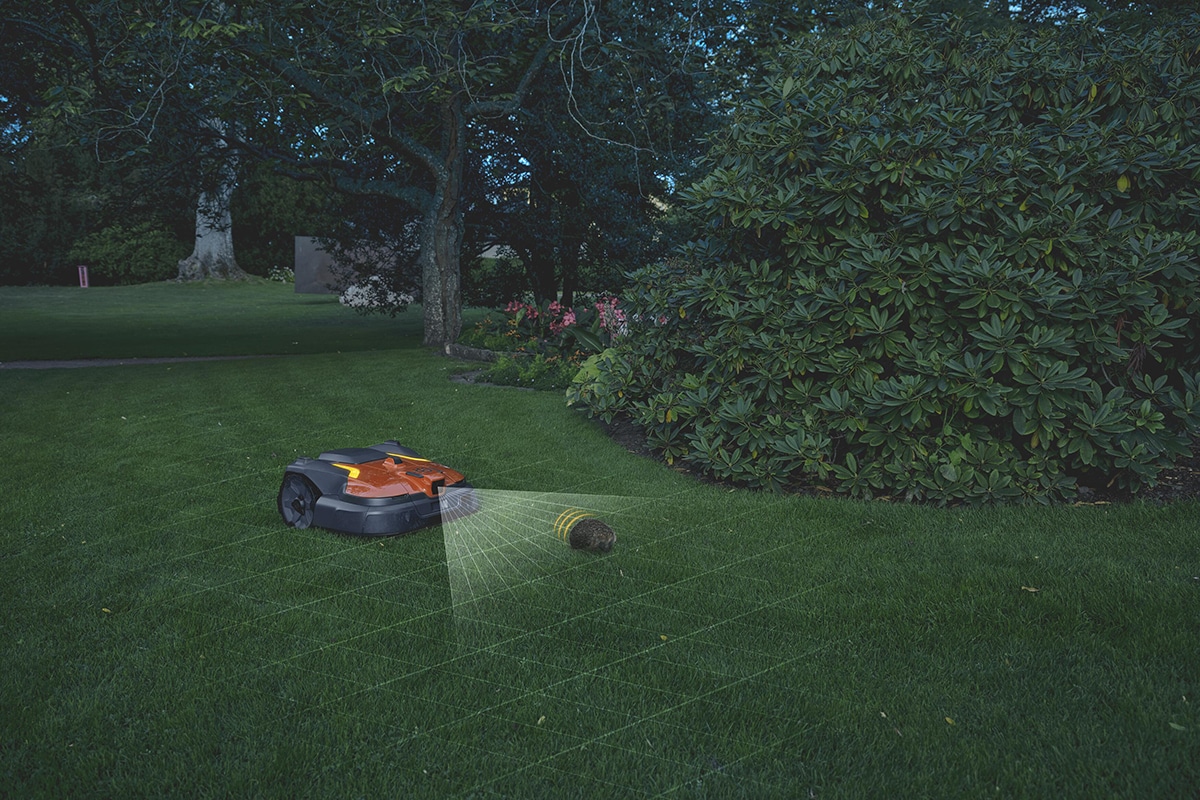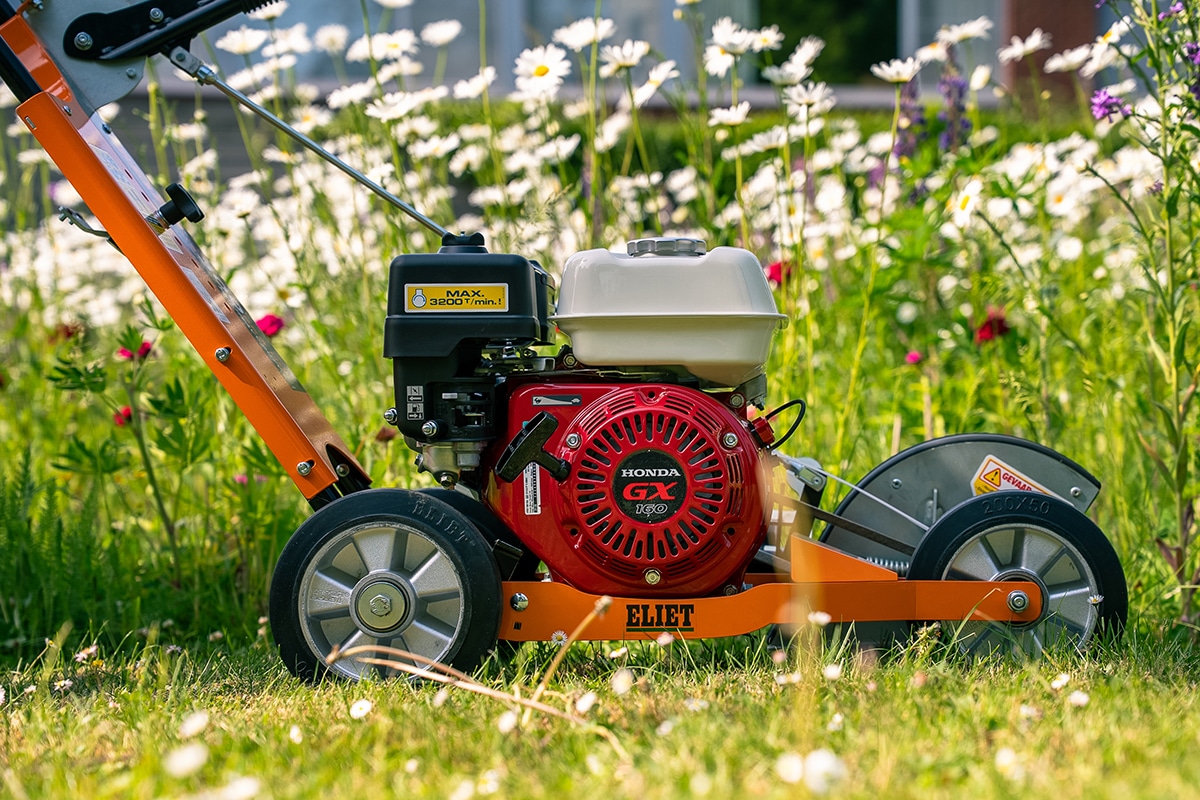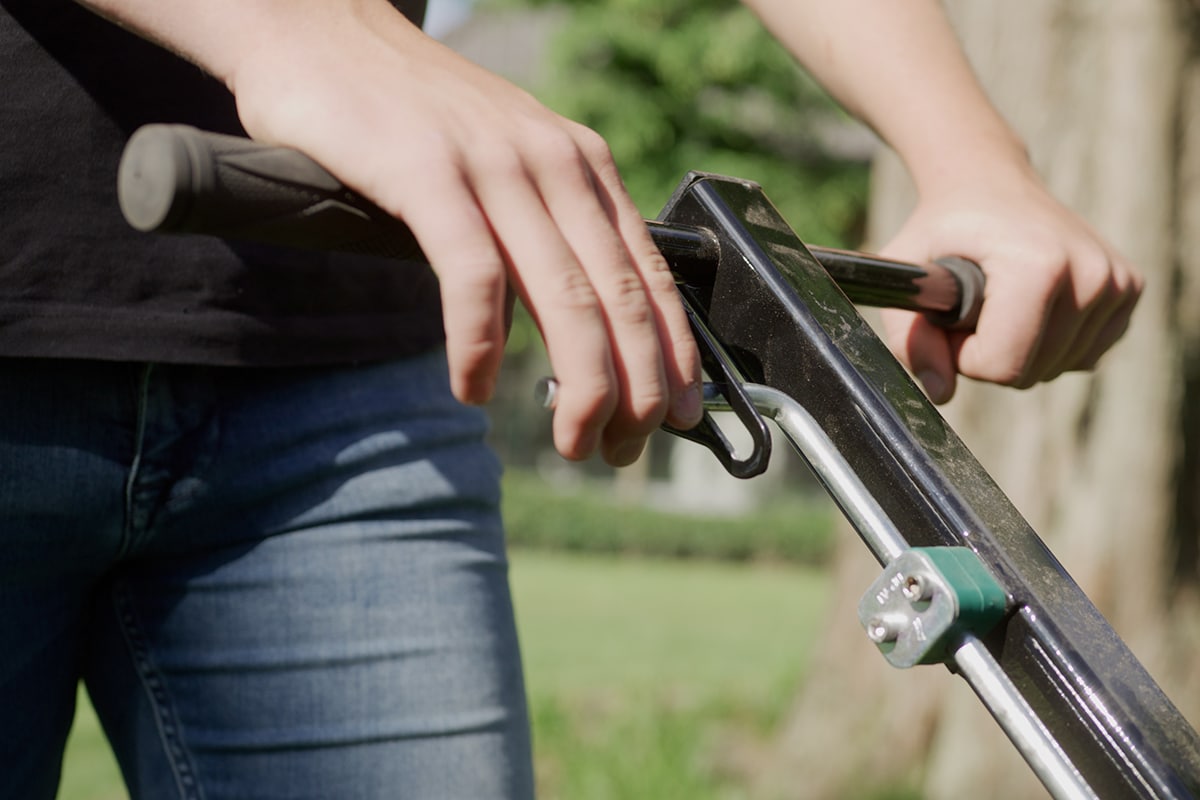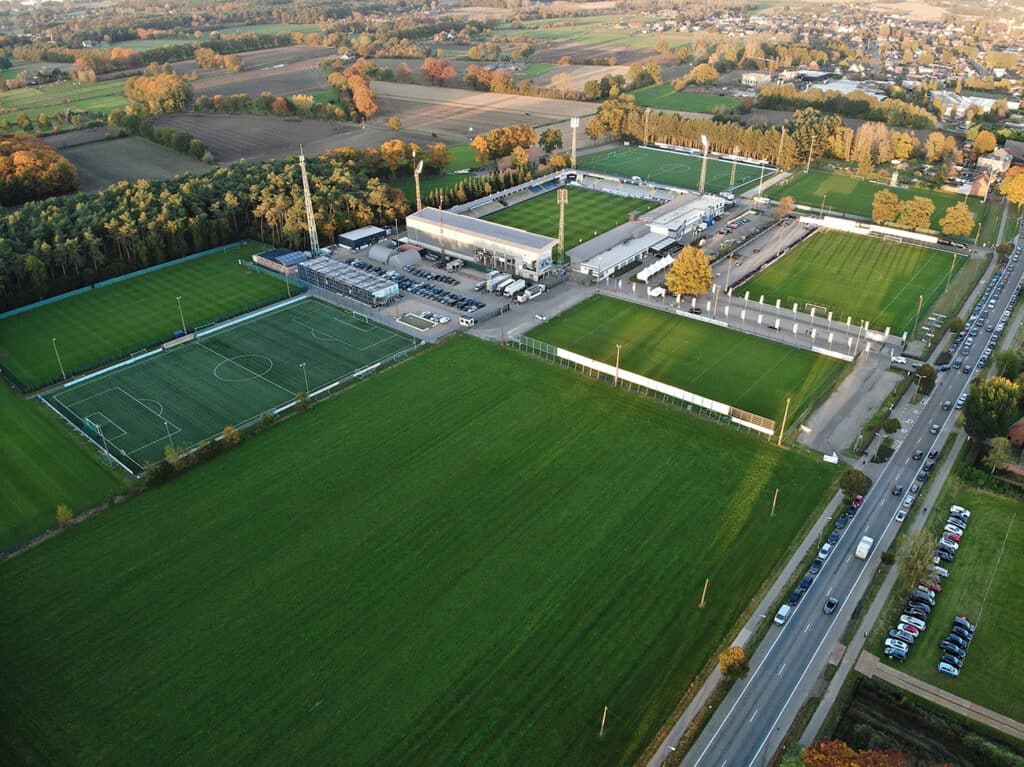
Inside look at the greenkeepers of KVC Westerlo
In Westerlo, Geert Segers, together with colleagues Tom Versweyveld and Jens Van Den Broeck, is responsible for the A-field of first division club KVC Westerlo, as well as the surrounding training, youth and artificial turf fields. The first-team calendar is the leading factor in the maintenance of these 8 acres of natural and artificial turf, although you might as well describe it as a central challenge. After all, with home matches at increasingly diverse times, a great deal of flexibility is required of the greenkeepers.
"KVC Westerlo has six natural grass fields and two artificial turf fields," Geert Segers explains. "At most clubs these are spread over several locations, but in our case everything is on the site of stadium 't Kuipje. That means we have to adjust our work not only to the weather, but we also depend extra hard on the first team's calendar. For example, during the weekend of a match on the move, our focus is mainly on fertilizing, pricking and shaking the training pitches and on the other weekend we focus on the stadium."
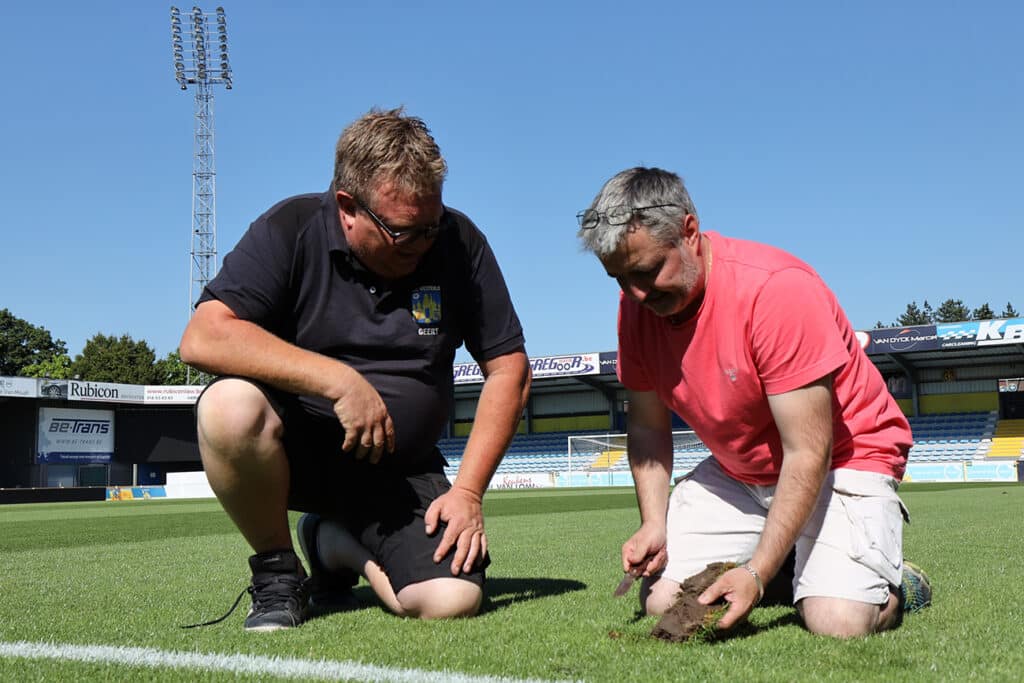
Well-oiled team
Together, Geert, Tom and Jens are responsible for the almost complete maintenance and management of the sports fields. "We are a well-oiled team. For example, Tom is a real technician and takes care of the machinery; Jens used to be active in landscaping and watches over the training fields and mowing; I myself monitor the quality of the grass together with external experts. Only at peak times do we call on freelancers or job students."
KVC Westerlo is fortunate to have a machinery wholesaler among its sponsors. "Partly because of that, and some of our own targeted purchases, we have an extensive machine park. That allows us to be short on time. For example, is the weather nice for shake milling? Then we don't have to make an appointment with an external partner; we can get started right away. We really need that flexibility."
The first task of the day, however, is well established: control of the A-field. "That's still 100% natural grass. 't Kuipje is probably one of the smallest stadiums in first division. Compared to the big mastodons, the shade side is therefore limited. Recently, there has also been investment in grow lights for the shade side. The number of matches is also lower for a club like KVC Westerlo. Tom and Jens ensure that the first team can train in the best possible conditions. In the summer months that means mainly mowing and lining; in the colder winter months the emphasis is on regeneration." The regeneration work in the summer (milling, sanding,pricking and overseeding) is done by a cultivation company, since our machines are too light for that.
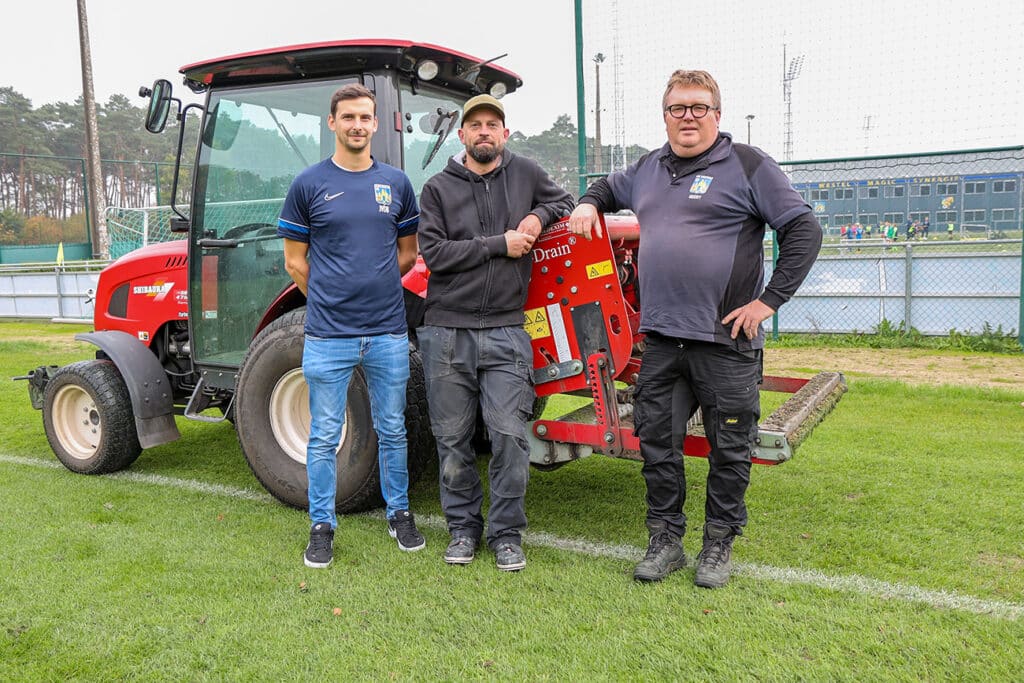
Preventive and experimental maintenance
KVC Westerlo's greenkeepers try to take a preventive approach in everything. "Weed control is done mechanically as much as possible. If there does happen to be an undesirable species, we weigh the extent to which we can tolerate them. The use of herbicides does not carry away our preference."
The team also wants to eliminate fungicides and pesticides completely in the long run. "This is a long term task and perhaps even a utopia, but since the range of phytoproducts is shrinking every year, it is a necessity. In the first place, therefore, we try to ensure that the conditions for diseases and pests remain unfavorable. When that fails, we deploy natural enemies, for example. In addition, since this spring we have been experimenting with compost tea: a tea drawn from worm compost, diluted with some additives. Although that is a long-term project, we have already seen great things from it."
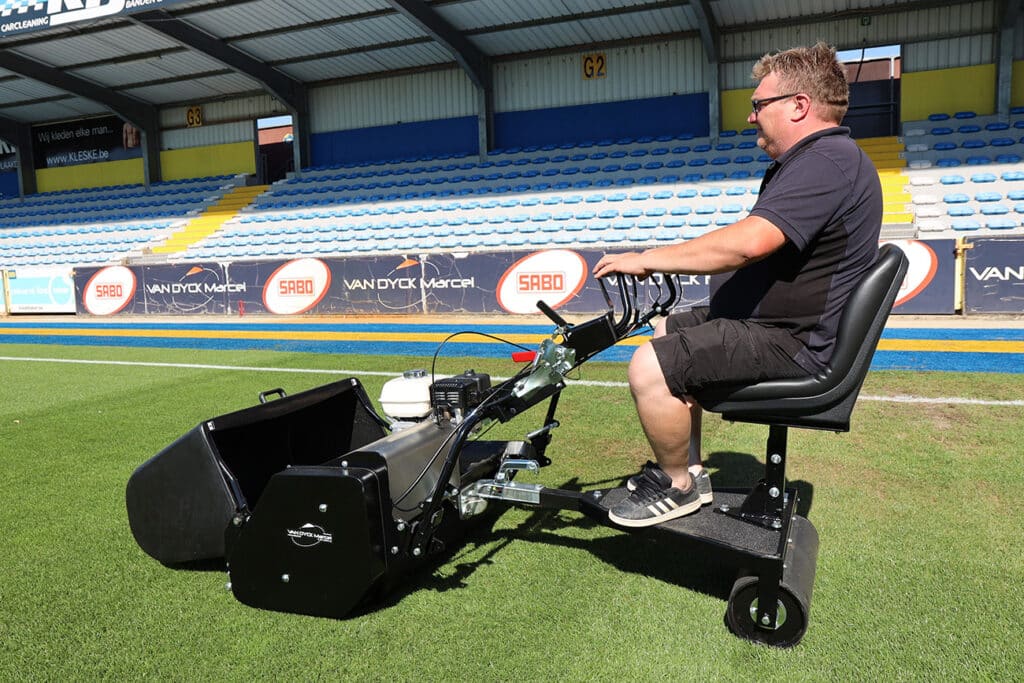
Sensitive water balance
Water management on sports fields is often dancing on a tightrope. On the one hand, in summers you have increasingly frequent and longer heat periods with little or no precipitation. The other extreme is found in the winter months when (too) much water can fall, which must be drained in time and sufficiently. In summer, we deal with this by watering and using a wetting agent that retains water in the topsoil. In the winter months, we try to tackle the problem by puncturing, combined with a wetting agent that allows the water to percolate out of the top layer more quickly. Furthermore, the trick is to create the largest possible root mass so that the grass becomes more drought-resistant. We try to achieve this by making the grass look for water. Grass that is sprinkled too much becomes lazy and does not search for water in the deeper layers. Therefore, it is better not to water heavily every day but to give a larger amount 2 or 3 times a week. In heat periods, the other days are only "sprinkled" to let the grass cool down.

